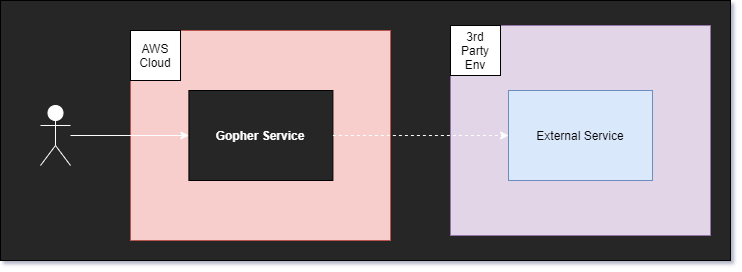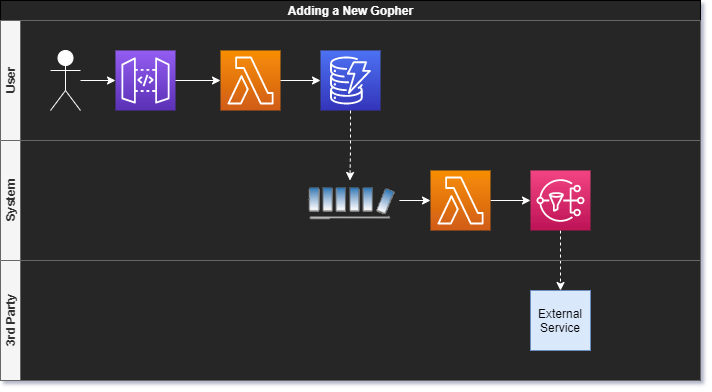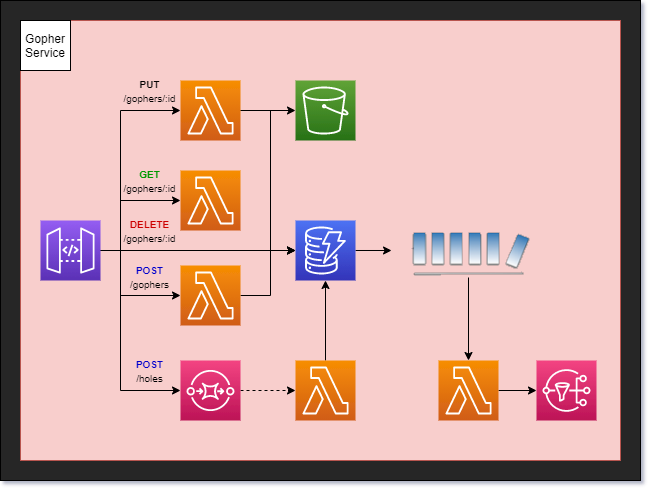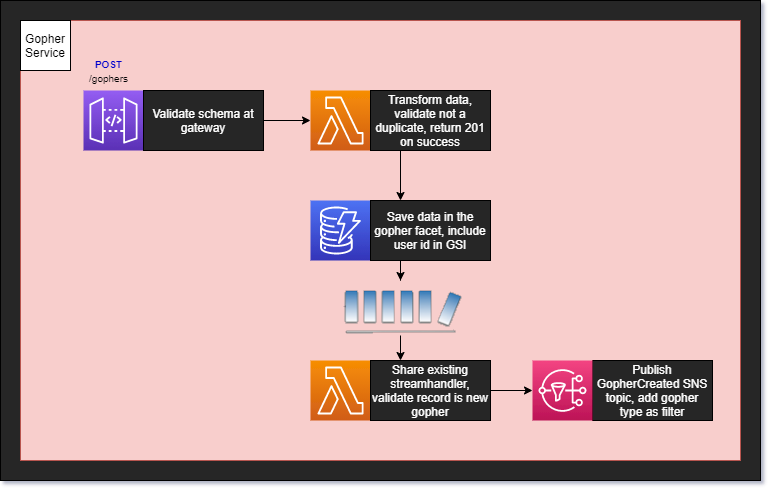Understanding the 5 Types of Architecture Diagrams for Solutions Architects
Written on
Chapter 1: Introduction to Architecture Diagrams
Have you ever found yourself in a meeting where someone is attempting to clarify how a software system operates? I recall a discussion with a relatively new solutions architect who was trying to explain a complex system they had devised, which comprised around eight different components, all interacting in various ways.
Their explanation relied heavily on hand gestures and phrases like, “this piece connects to that one by…” Although I could grasp the individual terms, the overall picture remained unclear. Complex conceptual architecture can lead to confusion, and I realized I needed a visual representation to truly understand it—I required a diagram.
However, it’s important to note that not all diagrams are created equal. Architecture diagrams aren’t a “one size fits all” solution. As we’ve recently discussed, a significant part of a solutions architect's role involves effectively conveying ideas to both technical and non-technical audiences. Your diagrams must cater to these diverse groups. To successfully communicate your ideas, you may need to create multiple variations of your diagrams.
In this piece, we will explore five distinct types of diagrams you should consider based on different audiences. We'll illustrate these concepts using an example from my fictional business, Gopher Holes Unlimited, as we track the addition of a new gopher into the system.
Section 1.1: The Flow Diagram
The flow diagram is one of the most universally applicable diagrams you can create. It offers a medium- to high-level overview of all components involved in a workflow, illustrating the various moving parts within a business process.

Audience
This type of diagram typically targets a technical audience. It may serve to present an idea to an architecture board or explain a business process to developers.
Considerations
The key element of the architecture flow diagram is the inclusion of all the moving parts. In the context of our serverless AWS environment, we clearly label each managed service and indicate which services interact. While the diagram doesn’t delve into the specifics of how these components communicate, it effectively illustrates data flow throughout the system.
Discover essential tips for creating your first architecture diagram in this informative video.
Section 1.2: The Service Diagram
A service diagram provides a high-level view of connectivity without detailing how workflows operate. Instead, it highlights the primary components involved, showcasing both internal and external services utilized in an application.

Audience
IT and network engineers are primarily interested in this type of diagram as they focus on connections to external services and any necessary internal monitoring.
Considerations
When constructing a service diagram, it’s beneficial to list all microservices that comprise your application. Clearly differentiate between services owned by your organization and those that are external. This high-level diagram doesn’t require intricate details about service functionality.
Learn how to create effective architecture diagrams with this step-by-step guide.
Section 1.3: The Persona Diagram
A persona diagram is crucial for demonstrating how your architecture addresses business needs. It provides a chronological overview of actors involved in a specific workflow, making it an excellent tool for illustrating business considerations in your solution.

Audience
This diagram is aimed at business stakeholders and product owners who focus on user interactions within the system.
Considerations
Incorporate swim lanes to represent different actors in the workflow and ensure to label personas, workflows, and any assumptions regarding business processes.
Section 1.4: The Infrastructure Diagram
The infrastructure diagram operates on a “what you see is what you get” principle. It showcases everything that has been implemented within a service or application and serves as a comprehensive blueprint.

Audience
This diagram is primarily for technical audiences, providing an inventory of resources utilized in your application.
Considerations
When developing an infrastructure diagram, ensure all components are included. The goal here is to portray the complete system without delving into excessive detail about functionality.
Section 1.5: The Developer Diagram
When specifics are necessary, the developer diagram is your best option. It contains all the information a developer needs to implement the solution, answering any queries that might arise from a flow diagram.

Audience
This diagram is intended for the development team, containing the level of detail that is often unnecessary for external stakeholders.
Considerations
The developer diagram expands upon the flow diagram, including specific implementation details and labeling crucial transitions. While it does not replace user stories, it enhances understanding within the development team.
Chapter 2: Conclusion
There are various types of architecture diagrams, each serving a distinct purpose and audience. As a solutions architect, it’s vital to deliver the appropriate diagram to the right audience when presenting your ideas. Often, a single version of a diagram won’t suffice.
When embarking on a new design, I typically start with the flow diagram to capture my thoughts, which I then pitch to fellow solutions architects. Once consensus is reached, I transform the flow diagram into a persona diagram for discussions with business stakeholders. After receiving their approval, I proceed to create the developer and service diagrams. The service diagram provides executives with a high-level overview, while the developer diagram assists engineers in implementing the solution. After the solution is built, the infrastructure diagram can be updated to reflect the new work.
A visual representation is invaluable, and in the realm of architecture diagrams, it can be worth even more. The ability to convey your ideas clearly and succinctly is key to becoming a successful solutions architect. By mastering different diagram types tailored to various audiences, you position yourself for success.
P.S. I frequently utilize draw.io for diagram creation. It’s a free tool that offers all the necessary features for crafting beautiful and comprehensive charts, models, and diagrams.